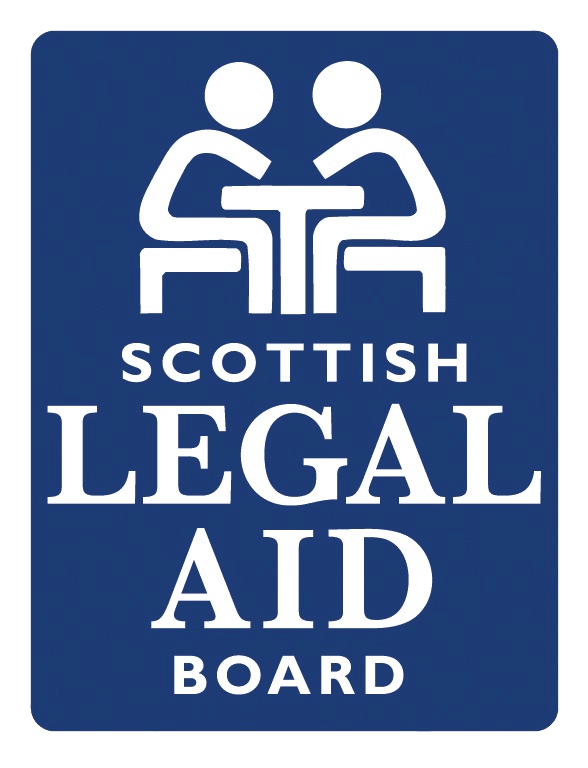Mr Scott Faulkner, was imprisoned for 12 years after being found guilty of 6 separate charges. He sought to raise an appeal with regards charge 1.
The appeal was heard by Lord Carloway, Lord Matthews, and Lord Boyd of Duncansby.
The conduct complained began in 2012 when the appellant was aged 22 and his victim aged only 13. It continued until 2015. The appellant provided transport for the complainer to and from first aid events. However, on these journeys the appellant would take the complainer to abandoned building and sexually assault him.
At the initial trial, the court heard how the appellant threatened the complainer by telling them that he would release indecent photographs of them if he revealed to anyone he was being sexually assaulted. These attacks included restraining the complainer using handcuffs. This fact was supported by the recovery of handcuffs from the appellant’s home that had the DNA of the complainer on them.
On one occasion, the sexual assault occurred in the presence of another man, J. J gave evidence that stated that the complainer was being encouraged to participate in the sexual acts by the appellant. The Jury were told that they could consider this as corroboration.
This direction to the jury formed the basis of the appeal. Defence for the appellant submitted that J’s evidence, made no reference to handcuffs or distress and therefore it could not contribute to mutual corroboration.
Lord Matthews delivered the decision of the court. He stated that “On first principles, it can probably be said that if a particular activity can be said to be part of a course of conduct systematically pursued then the evidence of one witness about an accused engaging in it can be corroborated by another witness speaking about similar conduct on a different occasion. That may be so even though the conduct may not have all the features of criminality on each occasion.”
“However, that would not amount to the full corroboration of criminal activity which can be found using mutual corroboration, as that term is properly understood, and would only go part of the way. This would appear to be the basis on which the judge intended to charge the jury but using the language of mutual corroboration was misconceived. The question for us ultimately is whether it was a material misdirection providing the jury with an illegitimate route to their verdict.”
He concluded: “By the time the jury were considering their verdict there was no dispute before them that sexual activity had occurred on various occasions, that having been confirmed by the appellant himself. The evidence of J was by then superfluous. The dispute was as to consent and when the Charge is read as a whole it does not suggest that his evidence was relevant to that question.”
As such, the appeal against the conviction and sentence were refused.


